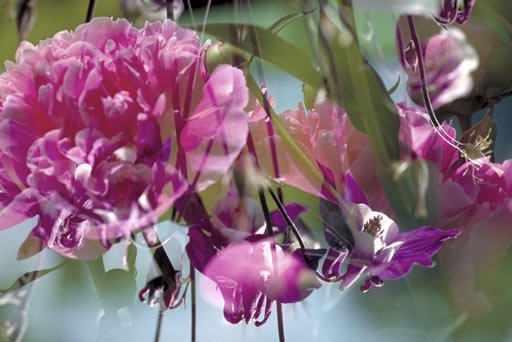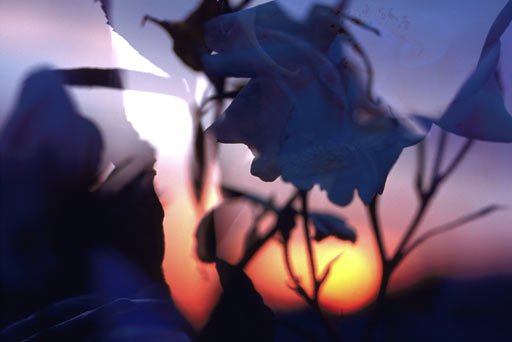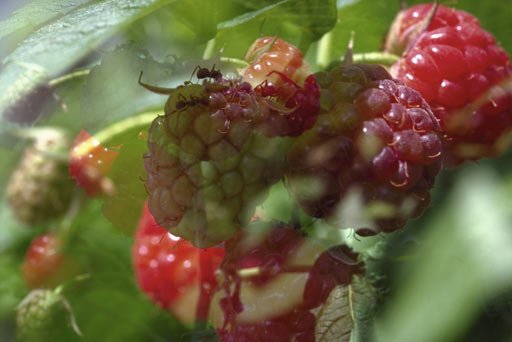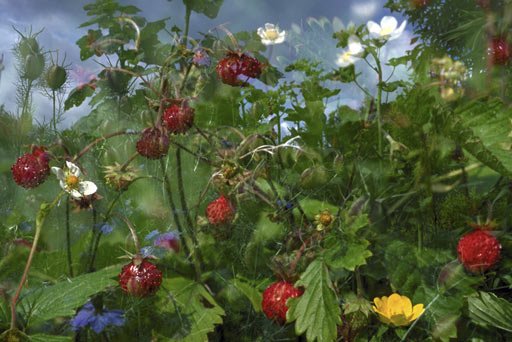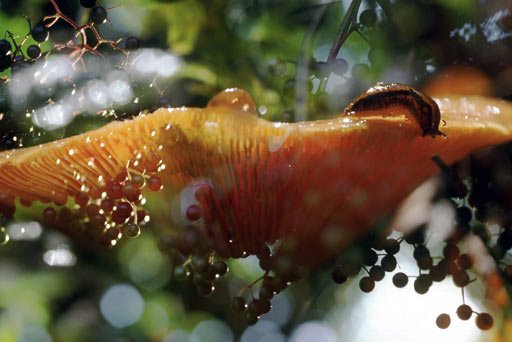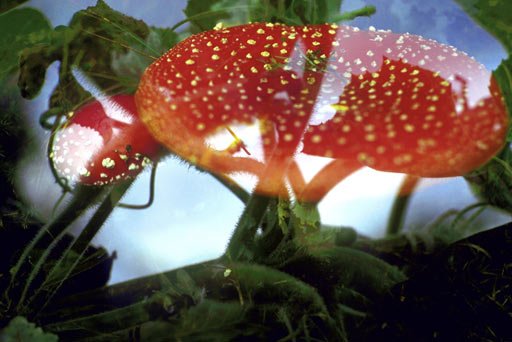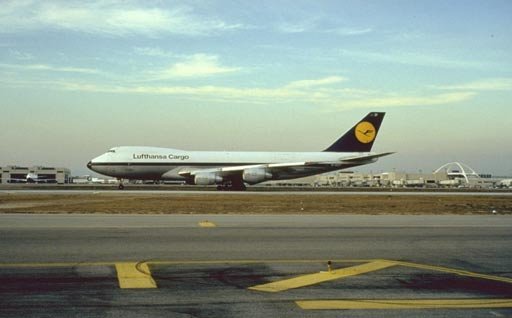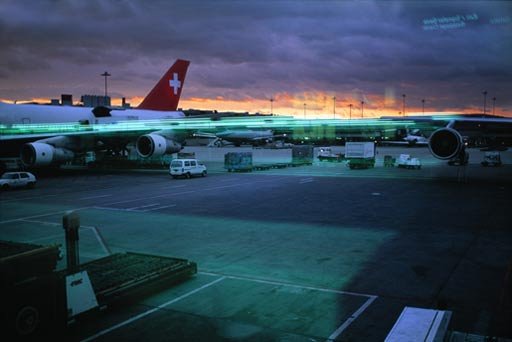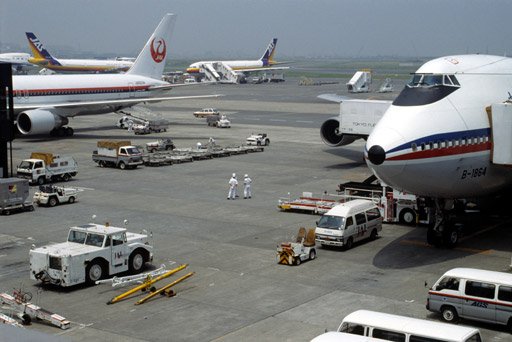I looked at fischli & weiss in more detail because I came across them again when reading about Peter Liversidge, and how he finds inspiration from their work.
I'm just gonna drop down some works I came across in my exploration that stood out to me..
Fischli and Weiss' THE RIGHT WAY
'Coming full circle, the final room in this retrospective focuses on some of Fischli / Weiss’s earliest collaborations. The Rat and Bear costumes were worn by the artists in the early 1980s for the two films in which they play struggling characters who plot, daydream, squabble and yearn for worldly success.
The first Rat and Bear film, The Least Resistance 1981 was set in urban Los Angeles, where the artists were living. The Right Way 1982–3, which is shown here, was their second appearance and shows the two characters rambling through a mountainous landscape, of the kind that filled nineteenth-century artists with thoughts of the sublime. A book called Order and Cleanliness 1981, setting out the ideas of Rat and Bear, is crammed with charts and diagrams, each attempting to impose a crazed order on the world.
Many of Fischli / Weiss’s characteristic themes are present in these early works. The ponderings of Rat and Bear represent philosophical inquiry pushed to absurdity, while works such as the Questions series emerged from writing the dialogue for the two characters. Similarly, Rat and Bear’s doomed attempts to categorise the world in sprawling diagrams can be seen as a precursor of encyclopaedic projects such as the photographic series Visible World. And of course, there is the deadpan, ironic wit that underpins almost all of their work.'
----
Fischli and Weiss' THE POINT OF LEAST RESISTANCE
'Hundreds of questions, handwritten in four different languages, are projected onto the wall in playfully undulating patterns. Combining grandiose metaphysical speculation and the mundane problems of everyday life, Questions 2002–3 explores the point where the profound slips into the ridiculous. Fischli / Weiss have described them as questions that don’t demand a response but instead make you wonder what kind of person would ask such a thing. As one impossible question follows another, they begin to suggest the workings of an incoherent and restless mind. ‘In a certain way, it leads to a dissolution of the self if all of these things simply whirl about unanswered – a feverish, disoriented state that’s upsetting because it’s unstoppable’, Weiss has said. ‘We did in fact imagine a presence at the centre of this multitude of questions, and we made speculations about the person. Most likely it was a man who lets everything run through his head before falling asleep – thus the projection of questions in the dark.’
This installation was the culmination of a series of works composed of absurd questions, including a book called Will Happiness Find Me? The use of text is reminiscent of the conceptual art of the 1960s and 1970s, in which the physical art object is less important than the ideas that it embodies. It also emphasises the philosophical character of Fischli / Weiss’s art, a willingness to question the world that doesn’t take itself too seriously.'
-----
https://www.deutscheboersephotographyfoundation.org/en/collect/artists/peter-fischli-david-weiss.php
“To be frank, there is nothing more superficial than pictures of flowers. Yet by the same token, there is nothing more beautiful than a garden in bloom.” Or so Zurich-based artistic tandem, Peter Fischli and David Weiss would have it. Their claim comes as a bit of a surprise in light of the fact that over the last few years they seem to have concerned themselves almost encyclopedically with flower motifs. And to be even more frank, there is nothing more trivial than double exposures – that first attempt by budding amateur photographers to be artistic. Serious artists simply do not do such things, or, if there is no way of avoiding it, then at least with Photoshop on-screen. Fischli/Weiss have to pass here, too. The color composition is all they have retouched in their photos – the double exposures are deliberate. “We were interested in the element of chance,” says Peter Fischli. And David Weiss continues: “When the photographs come off, it’s like receiving a gift.” After all, works of this kind are not at the artist’s fingertips. Like a garden that needs green thumbs, carefully tending, and, quite simply, luck. Not that the pictures have much to do with nature, given that they emphasize domestication.
Beauty and beastly banality, coincidence and manipulation, art and nature, provocation and decoration: these are the sets of poles between which the Fischli/Weiss flower pictures oscillate. “On the theoretical side, the photographs tread on rather thin ice,” admits Peter Fischli. And David Weiss affirms: “In fact, they tread quite a thin line: we want to seduce viewers with floral opulence. But you can’t exactly view them ingenuously, either.”
'This is the first UK retrospective to explore the collaborative art practice of Swiss artists Peter Fischli (born 1952) and David Weiss (born 1946).
Since the late 1970s the artists have consistently captivated and amused audiences with their extraordinary transformations of the commonplace. Fischli and Weiss work across a wide range of media and this exhibition presents their sculpture, installation, moving image and photography. Underlying all of their work is a childlike spirit of discovery which encourages the viewer to look afresh at their surroundings. In Fischli and Weiss’s world everyday objects take on an unexpectedly lifelike quality; they balance on each other, play off each other and collide into one another with a witty intelligence infused by the artists.
Displayed works include a history of the world told through the medium of hand-modelled clay figures and a multiple slide projection installation which asks hundreds of big and small philosophical questions such as ‘Will happiness find me?’ Visitors also have the chance to see two outstanding films. The Right Way 1983, features the artists, dressed in rat and bear costumes, scaling Alpine slopes and crossing rivers as they seek the right way. In The Way Things Go 1987, a mesmerising array of household objects, including teapots, tyres, buckets and balloons, crash into one another in an absurd chain reaction powered by home-made explosions and collisions.
This intriguing exhibition also presents the photographic series Quiet Afternoon 1984–5, which documents precariously balanced household utensils on the verge of collapse, and painstakingly hand-crafted polyurethane sculptures which simulate the myriad of everyday objects to be found in Fischli and Weiss’s studio.'
Peter Fischli and David Weiss
Image from Visible World 1987–2001
Series of 3,000 slides
'Visible World 1987–2000 presents an archive of nearly 3,000 photographs taken by the artists on various travels throughout the world. As Weiss says, the project provided a break from the studio: ‘we also needed some fresh air, to get away from this incessant tinkering about, to go out with a camera, looking for interesting things in a passive sense.’
While earlier works had used photographs only to document temporary sculptures, here the artists investigate the medium of photography in its own right. ‘During our first journey there was an intention to find pictures that already exist as such’, Fischli has said, and the series includes much-photographed views such as the New York skyline, Sydney Harbour and the Pyramids. Others are the kind of pictures taken by amateur photographers, conventionally composed, sharply focused, with appealing subject matter such as woodland glades and sunlit gardens. While the work shows the limitations of photography, how it presents only the superficial surface of the ‘visible world’, there is also a sense of awe and wonder. The arrangement of images is broadly chronological, with sequences of orangey sunsets or snow-capped mountains, punctuated by groups of famous world sites. Both the anonymous and the recognisable are given equal billing in this visual encyclopaedia of the world.
Visible World exists in a number of formats; as an artists’ book, as an installation of fifteen light tables displaying a vast slide archive and, presented here, as a three-monitor video installation in which pictures cross-fade from one to another.'















































































